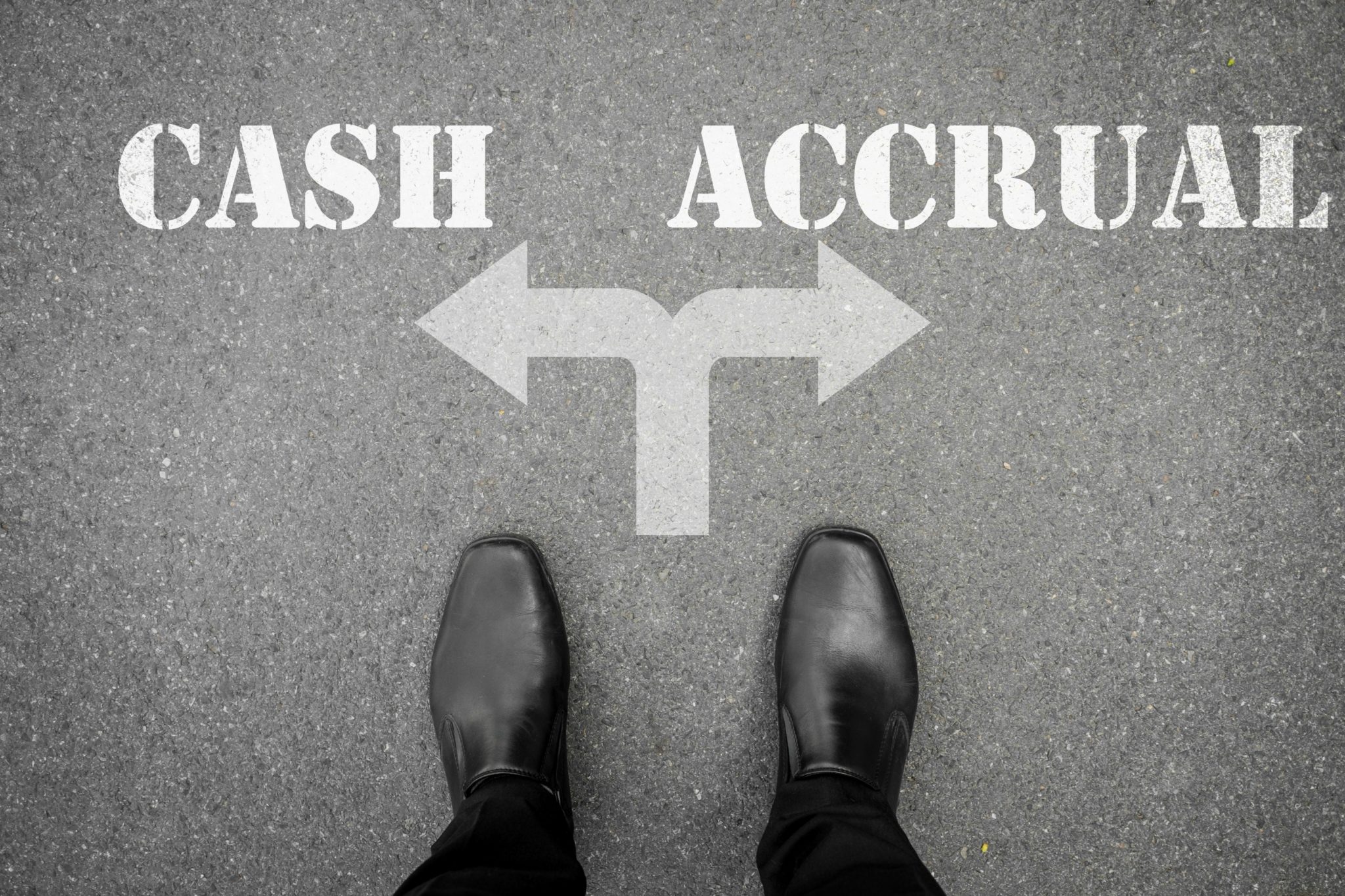Which accounting method should your business be using for tax purposes? Many business owners are surprised to learn that they have a choice. True, certain businesses are required to use the accrual method, but you’d be surprised how many businesses are eligible for the cash method. If you have the option to use either accounting method, it pays to consider whether switching methods would lower your tax bill.
Here’s a closer look at which businesses are eligible to choose either the accrual or cash method — and the relative advantages and disadvantages of each. Keep in mind that cash and accrual are the two primary tax accounting methods, but they’re not the only ones. Some businesses may qualify for a different method, such as a hybrid of the cash and accrual methods.
Cash method availability
Generally, a business is permitted to use the cash method of accounting for tax purposes unless it’s 1) expressly prohibited from using the cash method, or 2) expressly required to use the accrual method. Businesses prohibited from using the cash method include C corporations and partnerships with a C corporation partner, unless one of the following exceptions applies:
- The business’s average annual gross receipts for the previous three tax years are $5 million or less.
- The business is a qualified personal service corporation. This includes law, accounting, consulting, engineering and architecture firms — and certain other service providers — whose stock is substantially owned by current or retired employees or their estates.
Special rules apply to farming businesses, and tax shelters are always prohibited from using the cash method.
The following types of businesses generally are required to use the accrual method:
- Businesses with income from long-term contracts (such as construction firms and manufacturers), which generally must use the percentage-of-completion method.
- Businesses with inventories, with certain exceptions. (See “A note on inventories.”)
If your business isn’t prohibited from using the cash method or required to use the accrual method, evaluate your current method to be sure it’s the right one for your business. Also be aware that it’s possible for a business to use both the cash and accrual methods if, for instance, the business is made up of multiple businesses for which different rules apply.
Weigh the pros and cons
Generally, cash-basis businesses recognize income when it’s received and deduct expenses when they’re paid. Accrual-basis businesses, on the other hand, recognize income when it’s earned and deduct expenses when they’re incurred, without regard to the timing of cash receipts or payments. The cash method offers several advantages, including:
- It’s easier and cheaper to implement and maintain.
- Tax-planning flexibility. It offers greater flexibility to control the timing of income and deductions. For example, it allows you to defer income to next year by delaying invoices or to shift deductions into this year by accelerating the payment of expenses. An accrual-basis business doesn’t enjoy this flexibility. For example, to defer income, delaying invoices wouldn’t be enough; the business would have to put off shipping products or performing services.
- Cash flow benefits. Because income is taxed in the year it’s received, the cash method does a better job of ensuring that a business has the funds it needs to pay its tax bill.
Although the cash method is preferable for most businesses, the accrual method has some advantages. For one thing, it does a better job of matching income and expenses, so it provides a more accurate picture of a business’s financial performance. That’s why it’s required under Generally Accepted Accounting Principles (GAAP). If your business prepares GAAP-compliant financial statements, you can still use the cash method for tax purposes, but it’s important to weigh the cost of maintaining two sets of books against the potential tax benefits.
In some cases, the accrual method may offer tax advantages. For example, if your business’s accrued income tends to be lower than its accrued expenses, the accrual method may lower your tax bill. Also, accrual-basis businesses can take advantage of certain tax-planning strategies that aren’t available to cash-basis businesses, such as deducting year-end bonuses that are paid within the first 2½ months of the following year, and deferring income on certain advance payments.
Making a change
If your business is eligible for both the cash and accrual methods, ask your tax advisor whether switching methods would lower your taxes. Depending on your circumstances, changing accounting methods may require IRS approval.
A note on inventories
The tax rules involving inventories are complex, but, in a nutshell, if the production, purchase or sale of “merchandise” is an “income-producing factor” for your business, you must account for inventory and use the accrual method for purchases and sales. (It’s possible to use a hybrid method that allows you to use the cash method for items other than purchases and sales.)
We won’t go into the details of inventory accounting, distinguishing between merchandise and “materials and supplies,” or determining whether merchandise is an income-producing factor. It’s important to be aware, however, that the IRS has created two exceptions to these requirements. A business isn’t required to account for inventory or use the accrual method if:
- It meets a less-than-$1 million average gross receipts test (unless it’s otherwise prohibited as a tax shelter), or
- It meets a less-than-$10 million average gross receipts test and its principal business activity is not classified as mining, manufacturing, wholesale trade, retail trade or information industries.
Note that, while businesses qualifying for these exceptions may use the cash method as their overall tax accounting method and needn’t account for inventory, they must treat merchandise as “nonincidental materials and supplies” for tax purposes. That means merchandise costs are deductible when paid or when the merchandise is sold, whichever is later.
© 2017


